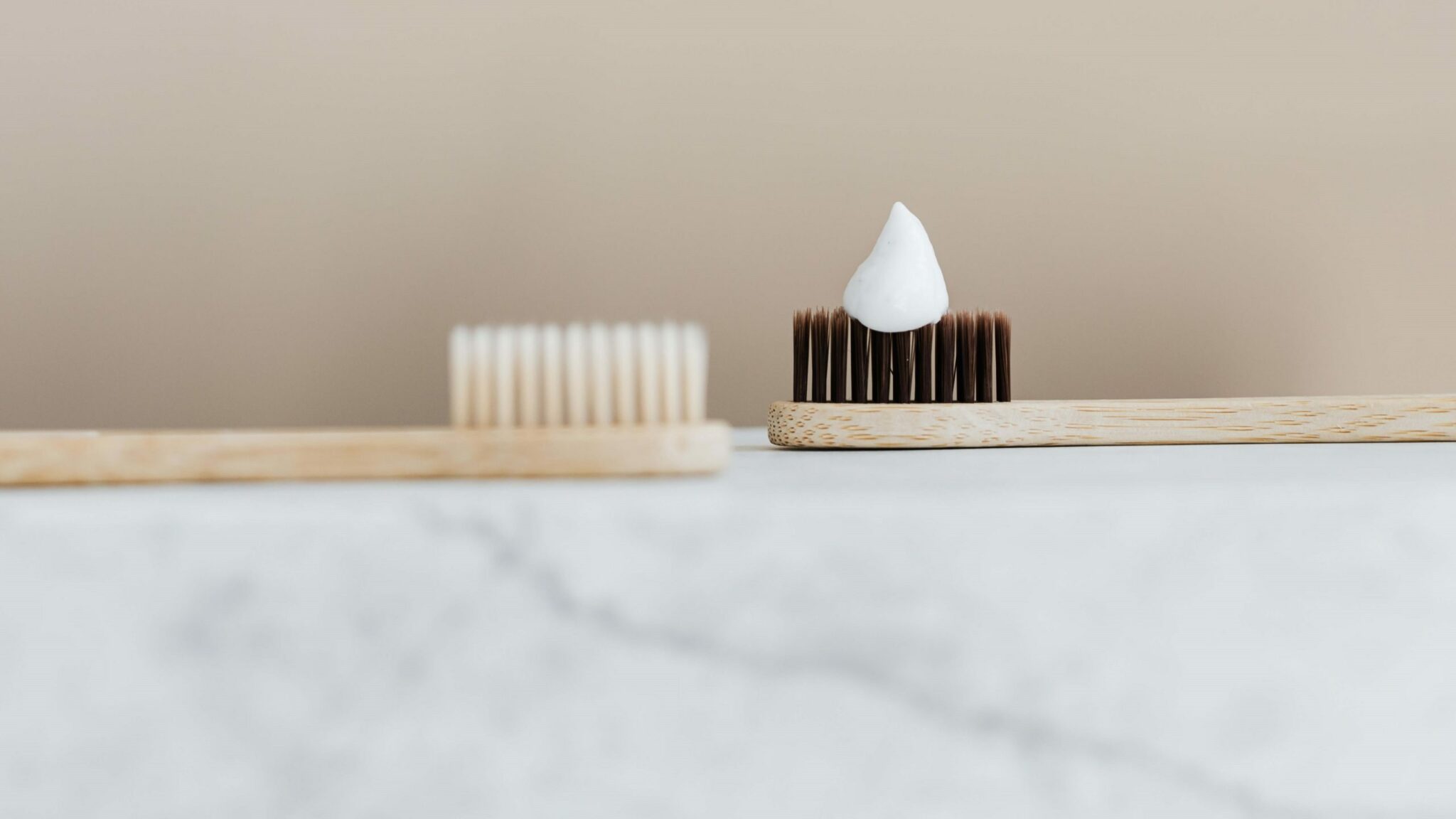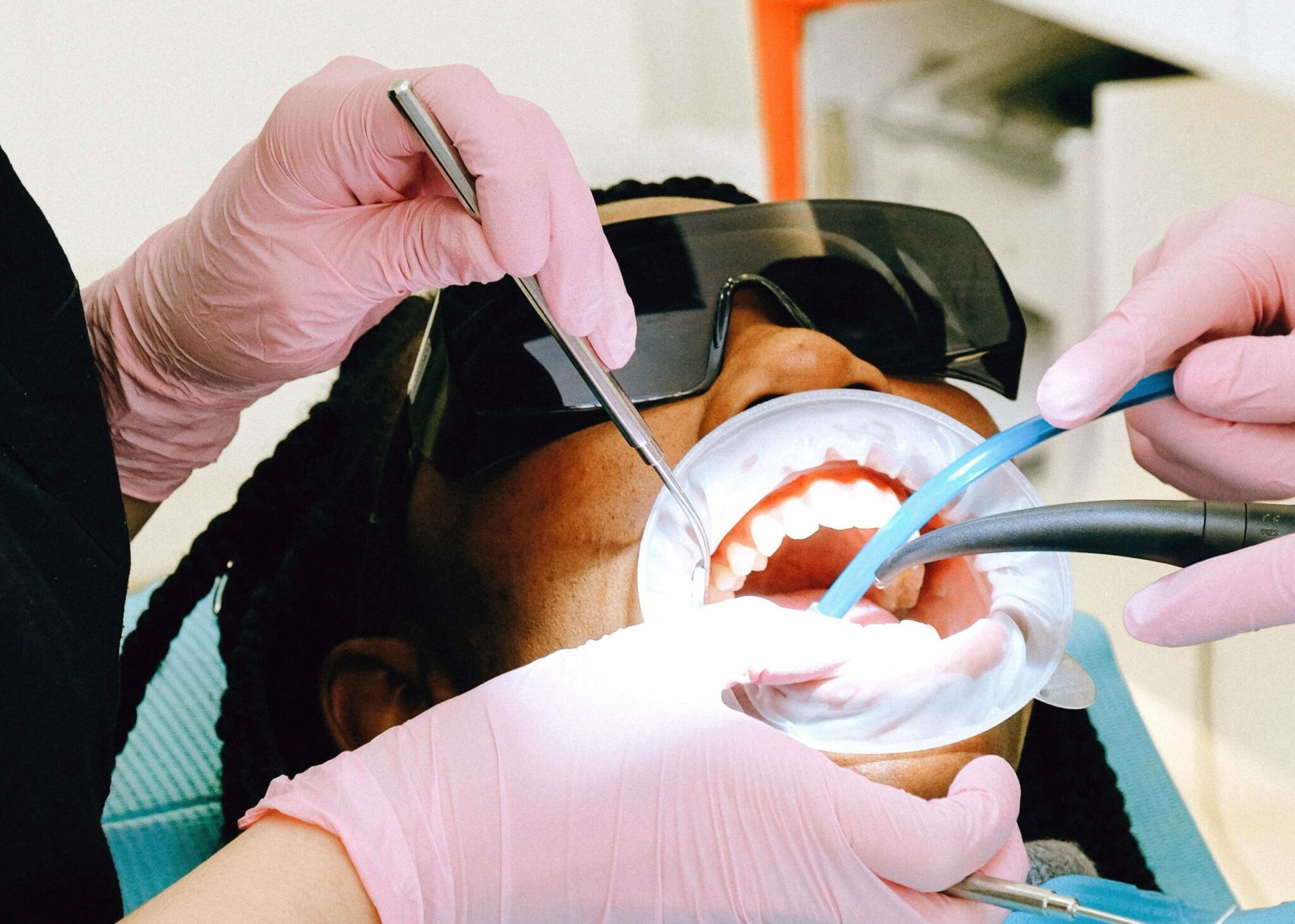Best Tips When Choosing the Right Toothpaste for You
Do you find yourself standing in your local store staring down an aisle with shelves stacked on top of shelves of colorful toothpaste options?
If so, don’t worry. It’s normal.
Finding the right toothpaste for you can cause more confusion than clarity. We’re here to brush away your stress and leave you a clear plan of how to choose the best toothpaste for you.
First, choosing the right toothpaste means knowing what’s best for you or your family.
Do you have sensitive teeth?
Are you hoping to whiten your teeth?
Do you need tartar protection?
Do you have gingivitis or other gums disease?
Are you looking for a toothpaste that’s safe but also tastes yummy for the kids?
These are all reasonable questions to ask when entering the daunting toothpaste aisle.
Here’s a checklist for your next shopping trip:
- Check the label.
- Make sure the toothpaste contains fluoride.
- Find the ADA Seal of Acceptance.
- Look for abrasive ingredients.
- Pick the best brand for you.

Choosing the best toothpaste can leave you dazed and confused with the plethora of options on the market. Use our handy guide to make the safe and eff
Check the Label
What is fluoride, and why do I need it?
Since choosing the right toothpaste depends on individual needs, it’s essential to know what you want before checking the label. Ask your family dentist for help identifying your requirements.
One ingredient everyone needs is fluoride. This natural mineral found in the earth fights cavities and protects y our tooth’s outer layer (enamel).
According to the American Dental Association, “Fluoride strengthens teeth to help prevent tooth decay and remineralizes tooth enamel in the early stages of tooth decay.” Believe it or not, before a baby’s teeth crack the surface and they start whaling, fluoride introduced through food and water begins to form their teeth’ protective layer. As we get older, we brush with toothpaste containing fluoride to strengthen weakened teeth and prevent unwanted tooth problems.
Some organic, all-natural toothpaste avoid fluoride, claiming that too much fluoride can be harmful to the body. Numerous studies claim an ADA-approved dose of fluoride treatment is essential for optimal dental health.
What if I have sensitive teeth or sensitive gums?

When searching for a toothpaste that prevents the shattering pins and needles effect, look for the ingredients potassium nitrate or strontium chloride.
According to WebMD, a five percent dose of potassium nitrate or strontium chloride in toothpaste helps block nerve pathways through the teeth. These nerves inside the teeth cause that crippling pain when cold or hot water hits the teeth.
Sensitive teeth can discourage us from wanting to brush our teeth the recommended twice daily. Finding a toothpaste that makes this process more enjoyable can save your dental health!
Sensitive teeth are no fun, but sensitive gums can make you cry. And no one wants pain when cleaning those pearly whites we share with the world. Fighting gum disease with at-home remedies is an easy way to prevent and manage side effects.
We recommend using baking soda.
Yes, you heard us correctly, baking soda for tooth pain. Since 1911, dentists suggest baking soda to reduce plaque buildup and help prevent gum disease. Furthermore, having healthy gum helps with sensitivity. So if you don’t have time to go buy a new toothpaste with baking soda, grab it from your kitchen, add a half teaspoon to a glass of water, dip your dampened toothbrush, and brush away!
If you make it to the store, remember, take the time to check the label, find the potassium nitrate, strontium chloride, or baking soda content in the toothpaste you choose. And when you start to use toothpaste designed for sensitive teeth, brush, spit and do not rinse. It is best to leave a coating on your teeth, creating a shield for sensitive teeth and gums.
Furthermore, here are extra tips Healthline suggests for treating and preventing gum sensitivity :
- Brush twice daily and floss at least once a day
- Use antiseptic mouthwash
- Get enough vitamin C
- Drink more water
- Quit smoking
- Practice stress management
- Use over-the-counter medication
For more information regarding affordable do-it-yourself dental solutions, contact your local dentist, and see what they have to offer.

How do I whiten my teeth with toothpaste?
Grandma and Grandpa have the secret– “Honey, add baking soda to your toothpaste!” We’ve heard this for years! Guess what? It’s true.
Finding toothpaste with baking soda helps whiten your teeth. Baking soda acts as an abrasive agent binding to stains and fighting plaque, leaving you with white, healthy teeth.
One tip our dentist recommends is not to brush too aggressively when using baking soda. The pressure or force you apply will not speed up the results. Instead, regularly use baking soda, brush twice daily, and save yourself and your family a lot of money with this do-it-yourself remedy.
Teeth Whitening Claims
Despite the marketing claims, most regular toothpaste will not whiten your teeth.
When checking the label, you can also look for calcium peroxide and carbamide peroxide (Caution: Be mindful of these compounds if you have sensitive teeth or gums). These abrasive chemical compounds bind with stains on your teeth and help pull them off as you brush and rinse.
On your next visit to the store, find an ADA-approved toothpaste that contains abrasive agents (or baking soda) to help fight those coffee and tea stains!
What should I avoid in toothpaste?
The ADA Seal of Acceptance ensures a toothpaste is safe and effective. But there are still ingredients you should avoid when striving for a healthy mouth.
In tartar control toothpaste, be wary of Triclosan, an antibiotic that kills bacteria in the mouth, which is needed to start the breakdown process of food.
WebMD references the ADA recommendation to avoid toothpaste made in China. Non-ADA approved toothpaste (imposters) can contain a high chemical content DANGEROUS for dental health.
Again, check the label, find the ADA seal, avoid Triclosan and toothpaste made in China, and you’re on your way to a healthy, happy mouth.
I hate to admit it, but I have stinky breath– Is there a toothpaste that can help?
Don’t be ashamed. If your bad breath is due to poor dental hygiene, you can treat and cure your problem.
Some toothpaste can help, but there are other do-it-yourself remedies as well!
First, make sure you are taking care of your gut and digestive system, eating healthy, drinking enough water, and avoiding processed sugar to fight the underlying causes of bad breath.
Plaque buildup on teeth or bacteria on the tongue leads to unwanted smells. Finding a toothpaste and rinse that attacks this buildup is essential to oral health. Also, brushing the back of your tongue helps remove bacteria that can cause bad breath.
After finding the ADA Seal of Acceptance, look for a toothpaste with Tartar control. These kinds of toothpaste are designed to fight plaque buildup. Check out what the MayoClinic suggest as at-home remedies to bad breath:
- Brush your teeth after you eat.
- Floss at least once a day.
- Brush your tongue.
- Clean dentures and den tal appliances.
- Avoid dry mouth.
- Adjust your diet.
- Regularly get a new toothbrush.
- Schedule regular dental checkups.
Let’s do a walkthrough to find the right toothpaste for you!
Before going to the store, make sure you have checked with your dentist and identified your personal needs.
Finding the right toothpaste is based on the principle of individual differences. What works for me, may not work for you.
Once you know what you need, you can march into your local store with confidence.
- Pick a brand that looks trustworthy and interesting.
- Check the label.
- Find the ADA Seal of Acceptance.
- Avoid unwanted ingredients such as Triclosan.
- Throw the box in your cart, and keep moving with a smile.
See, that’s not so hard!
Taking the right action steps to find the right toothpaste for you can improve your oral and dental health, encourage you to smile, and, ultimately, help you feel better about yourself.
Who doesn’t feel great after a nice clean, rinse, and smile in the mirror?
Just in case you need a cheat sheet, here’s the ADA list of approved dental products!

